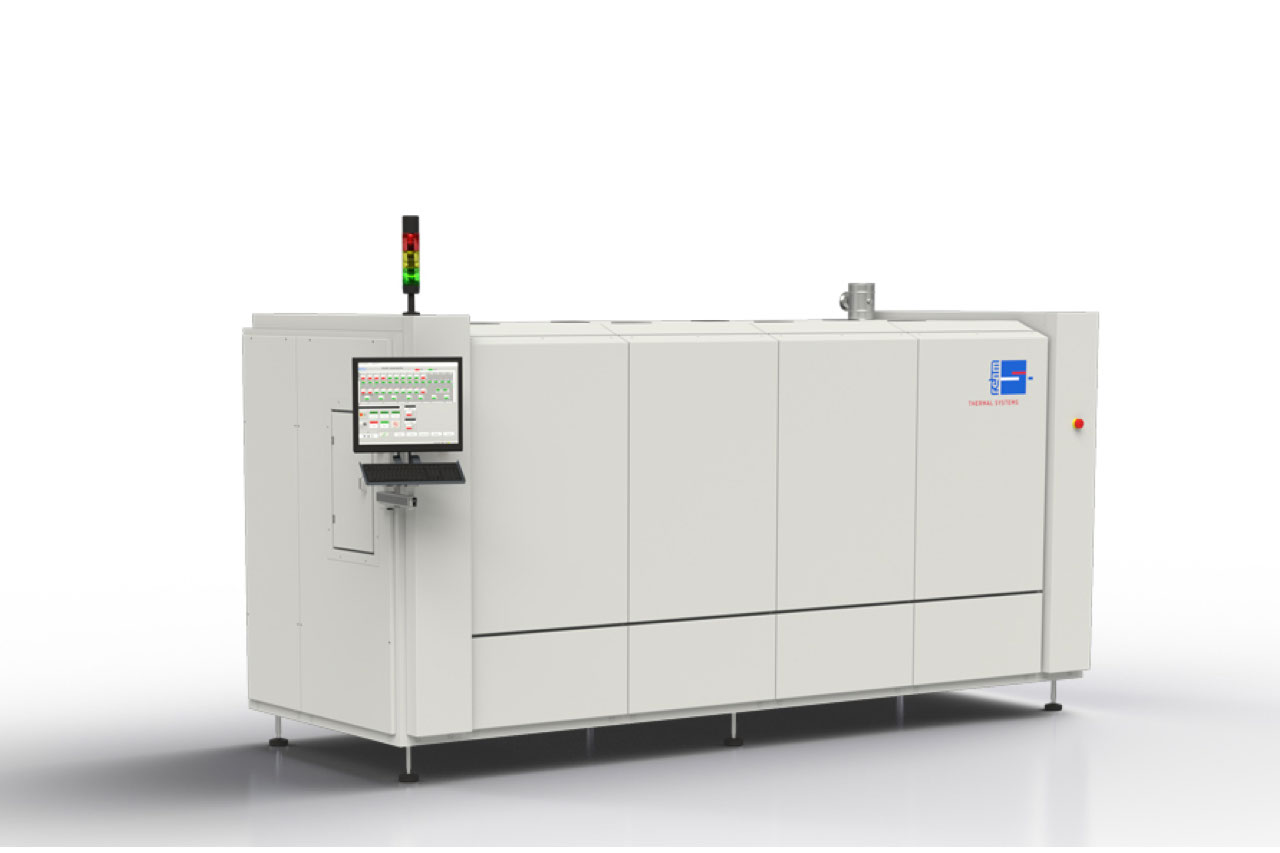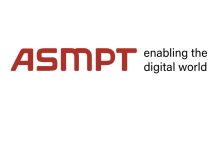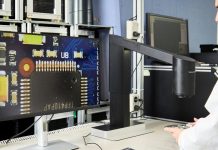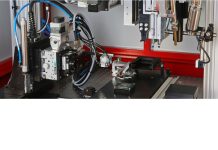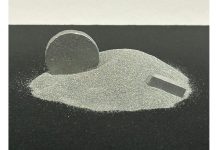If the energy transition is to succeed, the use of fossil fuels must be reduced even further. Hydrogen as a substitute for gas and oil is much discussed in this context. Capable of being used in many ways, it is already considered the energy source of the future. As e-mobility solutions and other energy-hungry areas expand, hydrogen is coming under special scrutiny.
Compared to vehicles powered by electric batteries, fuel cell vehicles, carrying hydrogen stored in tanks, are lighter and achieve significantly higher ranges. The latter factor is also important for short-haul aircraft and rail transport, where the first trains powered by fuel cells are already achieving ranges of up to 1000 km. At present, only about 60 percent of the German railway network is electrified. The remaining 40 percent, or about 13,000 km, can be used only by diesel locomotives. On these tracks, in rural areas that see a lot of passenger trains, up to 500,000 fewer tonnes of CO2 could be emitted in future. Hydrogen can also contribute effectively to reducing industrial CO2 emissions. In the future, energy-hungry industries will be able to produce hydrogen cost-effectively from stationary electrolysers powered by surplus (or their own) green wind or solar energy, which can be stored temporarily and re-used as needed in fuel cell units.
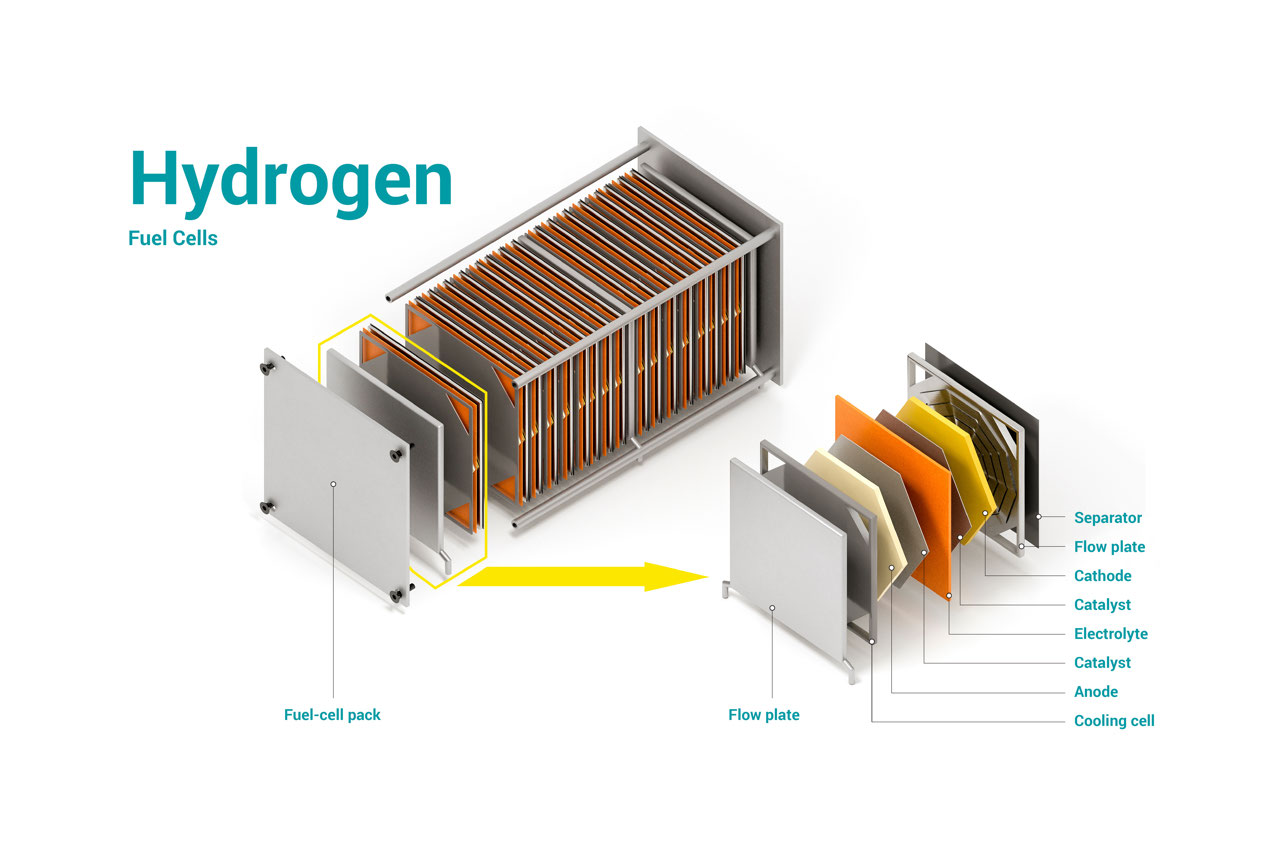
Within the process chain for manufacturing fuel cells, Rehm offers innovative drying systems. These are used to produce both PEM cells – the so-called low-temperature fuel cells – and the high-temperature fuel cells based on ceramic (SOFC) or metallic (MSC) membrane materials. The fuel cells are set in the bipolar plate, which seals in the reaction, distributes the flow of gas and oxidants and collects the electric current generated. To achieve the total power required, the plates are assembled into stacks.
Producing both the membrane unit and the bipolar plate involves coating processes using solvent-based materials that must be dried safely and reliably. As a technology leader in thermal systems – in particular, systems that meet flexible drying requirements – Rehm offers customised solutions to scale these new processes up from prototype or laboratory stage to an industrialised, automated production environment, and so making fuel cell production ready for series production.
Optimal drying process for safe and reliable results
The optimum heat management of the Rehm Drying System using upper and lower heaters works with infrared radiation (IR) and/or convection to dry reliably a wide range of materials. By implementing these two heat transfer processes, the systems are optimally designed for processing coating materials that contain solvents. The exceptional thermal insulation of heating zones and the individually adjustable temperatures allow for optimum profiling of your drying processes – perfectly tailored to the requirements in fuel cell production.
Convective drying
When drying using the convection process, the process atmosphere is heated using a hot-air fan and then flows onto the components. The heating elements are attached above and below the transport system. The flow speeds of the upper and lower heating zones are individually adjustable to ensure that the assembly is heated through evenly. This prevents tension in the material.
Combination heating process with IR
In the combination heating process, the heat is transferred by infrared radiation, which is supported by central convection heating. All heating chambers are equipped with high-performance IR radiators. The IR radiation penetrates the circuit board and drives out the solvents from the interior. This enables a faster and more efficient drying process. For the additional convection, the volume flow can be pre-set. The heating base of all IR radiators can also be equipped with glass covers to protect against contamination and to make cleaning easier.

Exhaust system and integrated extraction
The exhaust system ensures, among other things, the safe extraction of solvents. Appropriate mechanisms are attached to the input and output of the process chamber and inserted between the heating zones. The process exhaust air is fed directly into the building extraction system through the fan. The substances to be hardened and the exhaust products released determine the extraction volume. The extraction function is monitored by a pressure sensor. If there is a problem, the heating switches off automatically and the inflow of new components is stopped. This prevents any flammable gas mixtures from forming in the system.
With its extensive portfolio of drying systems ranging from continuous dryers in various designs to magazine dryers for the space-saving drying of several parts at the same time, Rehm is the reliable partner for your fuel cell production.
About Rehm Thermal Systems
Rehm is a technology and innovation leader in the state-of-the-art, cost-effective manufacturing of electronic assembly groups. It specialises in thermal system solutions for the electronics and photovoltaics industry. Rehm is a globally active manufacturer of reflow soldering systems using convection, condensation or vacuum, drying and coating systems, functional test systems, equipment for the metallisation of solar cells and numerous customised systems. Above all, the coating systems industry is of particular interest to manufacturers of particularly sensitive electronics, because it combines precise coating while concentrating on the essentials: the perfect protection for your electronics. As a competent partner with more than 30 years of wide-ranging industry experience and expertise, we create and implement innovative manufacturing solutions that become benchmarks.


